Are you tired of getting your hair wet every time you take a shower? Does it ruin your hairstyle or require extra time to dry and style afterward? If so, we have some tips for you on how to shower without getting your hair wet.
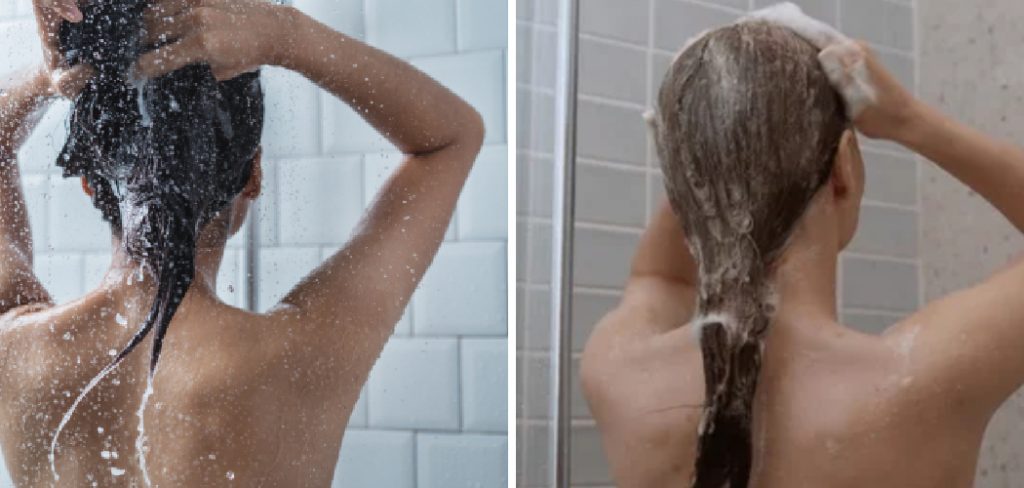
How to shower without getting hair wet can be a challenge, especially when you want to freshen up or preserve a hairstyle quickly. Whether you’re trying to extend the life of a blowout, avoid unnecessary exposure to water, or just don’t feel like dealing with wet hair, you can use simple techniques and tools to keep your locks dry.
With the right approach, you can enjoy a refreshing shower without worrying about damp hair.
What Are the Benefits of Showering Without Getting Hair Wet?
Before we dive into the methods, let’s explore why you may want to shower without getting your hair wet.
- Save Time: If you’re in a hurry and don’t have time to wash and dry your hair, this technique can save you precious minutes.
- Preserve Hairstyle: If you’ve just styled your hair or had a salon appointment, keeping it dry can help maintain the look for longer.
- Prevent Damage: Frequent washing and exposure to water can strip your hair of its natural oils and cause damage. You can protect your hair from harm by avoiding getting it wet.
- Ease Scalp Conditions: Some people with scalp conditions like eczema or psoriasis may find that water irritates their scalp. Showering without getting hair wet can alleviate discomfort and allow for a more comfortable shower experience.
Once you’ve determined why you want to avoid getting your hair wet, let’s look at some tips and tricks for achieving a successful dry shower.
What Will You Need?
- Waterproof Shower Cap: This is essential for keeping your hair dry in the shower. Make sure to invest in a good quality, durable shower cap that fits comfortably and securely over your head.
- Hair Clips or Ties: If you have long hair, it’s helpful to secure it away from your face and neck to prevent any accidental exposure to water.
- Dry Shampoo: A quick spritz of dry shampoo can help absorb any excess oil and refresh your hair without washing it.
- Towel or Turban: Have a towel ready to wrap around your hair after showering, or use a special microfiber turban designed for drying hair.
Once you have these items on hand, you’re ready to start your dry shower routine.
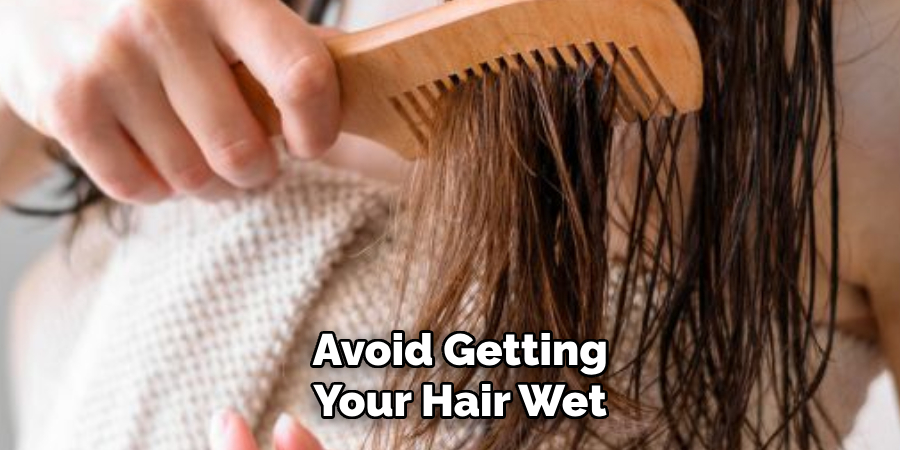
10 Easy Steps on How to Shower Without Getting Hair Wet
Step 1: Use Waterproof Shower Cap
Begin by selecting a high-quality waterproof shower cap that fits securely around your head. It’s crucial that the cap fully covers your hairline, including any stray hairs near your forehead, ears, or nape of the neck. Adjust the elastic band to ensure a snug fit without being too tight, as this will help prevent water from seeping through. For individuals with long or thick hair, it’s a good idea first to gather your hair in a loose bun or ponytail and secure it with a hair tie or clips before putting on the shower cap.
Taking a few moments to ensure your shower cap is positioned correctly will give you the confidence to shower worry-free, knowing your hair will stay completely dry.
Step 2: Adjust the Showerhead and Water Pressure
Position the showerhead to direct the water away from your head and hair. Opt for a handheld showerhead that allows for more precise control over where the water flows. Adjust the water pressure to a moderate level to prevent splashes that could reach your hair. This step is beneficial when washing specific areas, such as your body or feet, without risking your hair getting wet. Ensuring the showerhead angle and pressure are just right will make sticking to your dry shower routine easier.
Step 3: Use a Towel or Shower Guard for Extra Protection
For added security, drape a towel or use a shower guard around your shoulders to catch stray water droplets. This extra layer of protection is especially beneficial if you’re using a fixed showerhead or if the water tends to splash. The towel will absorb any water that might otherwise drip towards your hair, providing peace of mind as you shower. Ensure the towel or guard is securely in place to ensure maximum effectiveness.
Step 4: Keep Your Hair Tied Back
To further reduce the risk of your hair getting wet, tie it back securely using a hair tie or clip. You can also consider wearing a shower cap for added protection. Keeping your hair out of the way ensures it remains dry, even if water splashes occur during your shower. Choose a snug-fitting shower cap to cover all your hair effectively and prevent any moisture from seeping through. This simple step can make a significant difference in maintaining your hair’s dryness.
Step 5: Maintain a Lower Water Pressure
Adjust the water pressure to a lower setting to minimize splashing and prevent stray water from reaching your hair. High water pressure can create unnecessary spray, increasing the chances of your hair getting wet. By keeping the pressure gentle, you can have more control over the water flow and ensure it remains directed where needed. This small adjustment is an effective way to protect your hair and maintain a tidy shower routine.
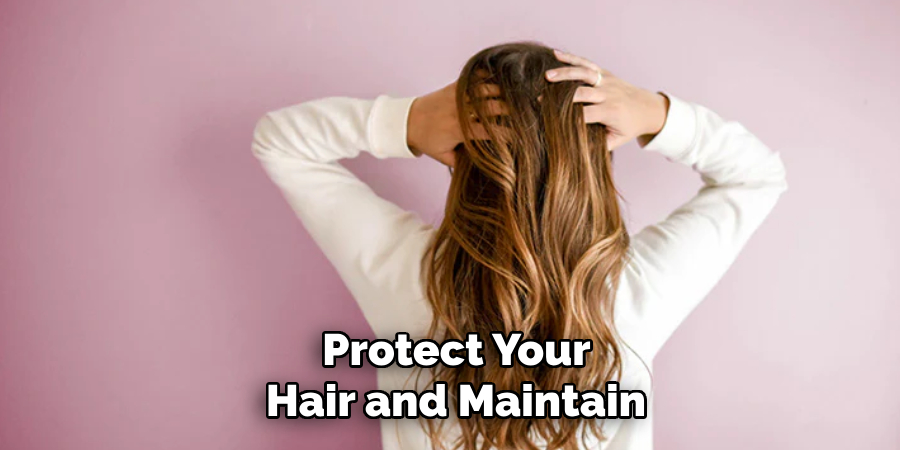
Step 6: Use a Handheld Showerhead
Opt for a handheld showerhead to better control the direction and flow of water. This tool allows you to focus the water exactly where you need it, preventing it from contacting your hair. When washing your body, keep the showerhead angled downward and away from your head to ensure your hair stays dry. A handheld showerhead is a practical solution for managing your shower routine and protecting your hairstyle.
Step 7: Wear a Shower Cap
Using a shower cap is an excellent method to protect your hair from getting wet during a shower. Choose a cap that fits snugly around your head and fully covers your hairline. This creates a waterproof barrier, ensuring your hair stays dry even if water splashes or mist occurs. A high-quality shower cap is a simple yet effective accessory for maintaining your hairstyle and keeping your hair dry.
Step 8: Adjust Water Pressure
Lowering the water pressure can also help prevent water from accidentally splashing onto your hair. High-pressure water can create unwanted mist or bounce back off surfaces, increasing the risk of your hair getting wet. Adjusting the water pressure to a moderate or low setting allows you to maintain better control over where the water goes and reduce splashback, ensuring your hair remains dry.
Step 9: Dry Off Your Hair Thoroughly
After completing your shower without getting your hair wet, thoroughly dry off any exposed areas of skin before removing the shower cap or coverings. An error occurred during generation. Please try again or contact support if it continues. Using a clean, dry towel, gently pat your hair to remove any moisture that might have accumulated on the surface. Be sure not to rub your hair vigorously, which can cause frizz and damage. Once you’ve removed most of the excess moisture, you can remove the shower cap or other coverings and finish drying your hair with a blow dryer or microfiber towel.
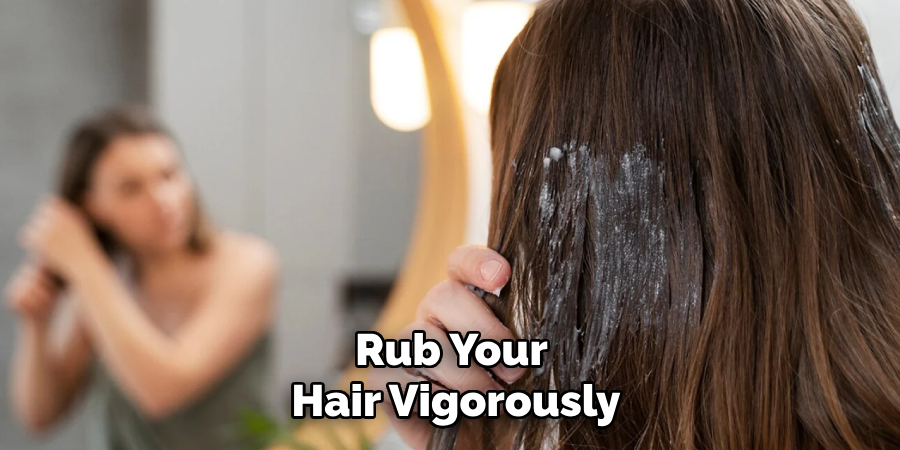
Step 10: Use a Microfiber Towel
A microfiber towel is an excellent tool for drying your hair quickly and efficiently without causing damage or frizz. Unlike regular towels, microfiber towels are designed to be softer and more absorbent, making them perfect for gently wicking away moisture from your hair. To use it, gently wrap your hair in the microfiber towel, avoiding harsh rubbing or twisting. Pat your hair softly to absorb water, allowing the fibers to work. This method helps minimize friction, which can lead to breakage or split ends and keeps your hair smooth and manageable.
Once your hair feels slightly damp rather than wet, you can air dry it or proceed with your preferred styling routine. By following these simple steps and using the right tools, you can successfully shower without getting your hair wet.
Should You Wet Your Hair Daily While Bathing?
There is no one-size-fits-all answer to this question. Ultimately, it depends on your hair type and personal preferences. Some people may find that wetting their hair daily keeps it healthy and manageable, while others may prefer to avoid getting it wet frequently due to styling concerns or hair damage.
If you have oily hair or scalp issues such as dandruff, daily wetting might be beneficial for maintaining a clean and balanced scalp. However, if you have dry or fragile hair, frequent exposure to water can strip away natural oils and lead to breakage.
It’s also essential to consider the impact of using hot water on your hair. Hot water can cause the cuticles of your hair to open up, making it more susceptible to damage and frizz. If you prefer hot showers, consider using cooler water when rinsing your hair or using a heat-protectant product beforehand.
Ultimately, the best approach for showering and wetting your hair will vary from person to person. It’s essential to pay attention to how your hair reacts and adjust accordingly. Whether you wet your hair daily or limit exposure to water is entirely up to you and what works best for your hair.
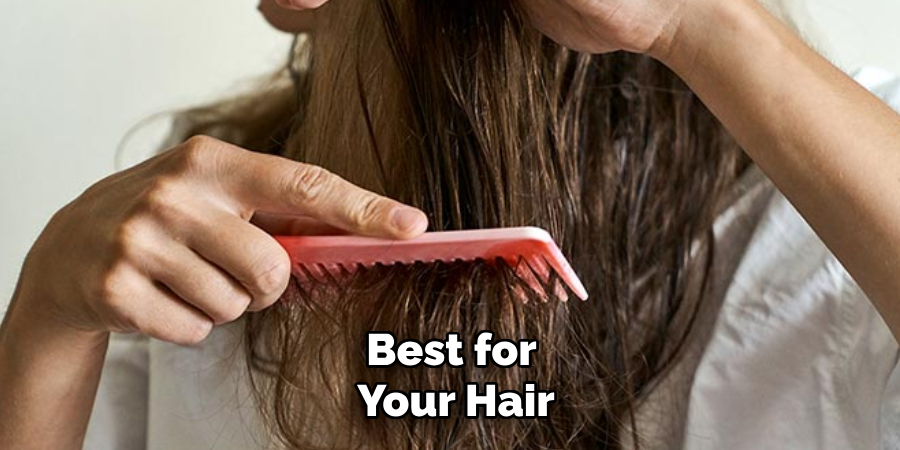
Conclusion
In conclusion, there are many ways to shower without getting your hair wet. By following these steps and tips on how to shower without getting hair wet, you can protect your hairstyle and keep your hair dry while still enjoying a refreshing shower.
Remember to use the right tools, such as a shower cap or microfiber towel, adjust water pressure, and pay attention to how your hair reacts to frequent exposure to water. Ultimately, find what works best for your hair type and preferences and stick with it for healthy, beautiful locks.
So next time you shower, remember these simple steps and techniques to keep your hair looking its best! Happy showering!
About the Author
Jane Hubbard is a passionate beauty expert with a wealth of experience in makeup, hair, and overall beauty techniques. After years of working as a hairdresser specialist, she followed her entrepreneurial spirit and started her own consultancy business.
Jane has always been driven by her desire to help others feel confident in their own skin, and she does this by sharing her knowledge, experiences, and practical beauty tips. Through her consultancy, she empowers individuals to embrace their unique beauty, offering tailored guidance that boosts both self-esteem and personal style.
Professional Focus
- Specializes in makeup, hairstyling, and beauty consulting.
- Provides personalized beauty advice, tips, and techniques to help individuals feel confident in their appearance.
- Dedicated to staying up-to-date with the latest industry trends and developments.
- Passionate about creating a comfortable and empowering experience for every client.
Education History
- University of Craft and Design – Bachelor of Fine Arts (BFA) in Woodworking and Furniture Design
- Woodworking Apprenticeships – Extensive hands-on training with skilled craftsmen to refine carpentry and furniture making techniques
- Online Courses & Masterclasses – Continued education in advanced woodworking techniques, design principles, and specialized tools
Expertise:
- Makeup artistry, hairstyling, and beauty consulting.
- Personalized beauty techniques to enhance confidence and self-expression.
- Educating clients on how to maintain their beauty routines at home.
